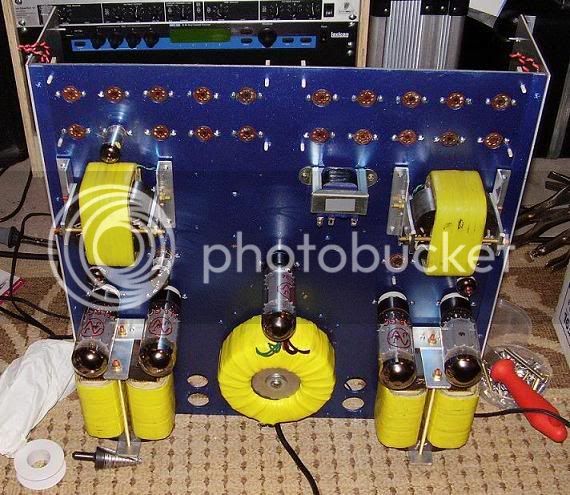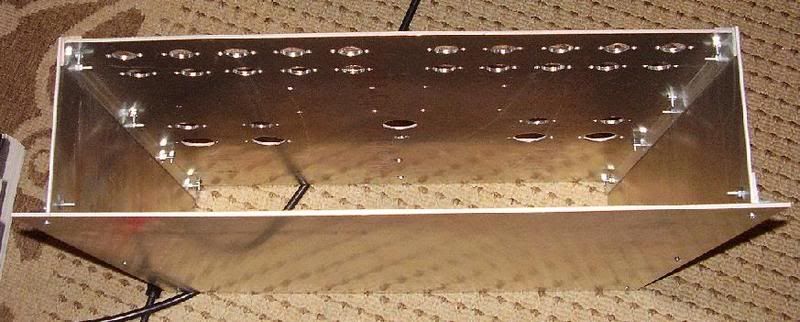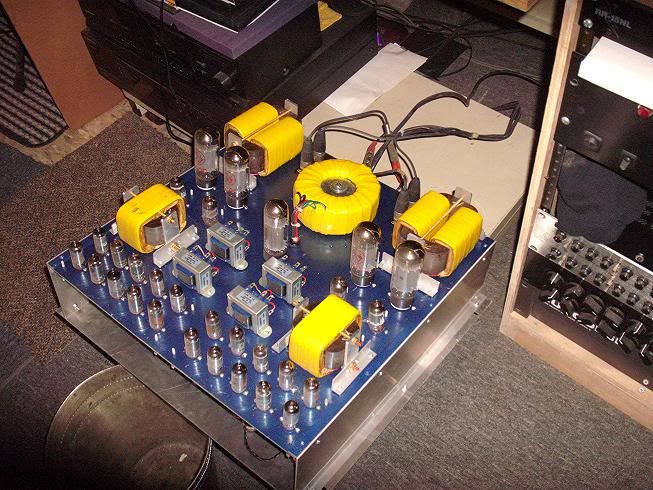buschfsu
Well-known member
buying caps for my PM670 and purusha case (6 selections for TC)
trying to understand this and so far i have...
Slow attack Fast attack
10uf 6.8uf 4.7uf 2uf 1uf 0.5uf
None 2M 470k 150k 65k 25k
Slow release Fast release
EDIT: had release descriptions backwards based on this bluebird quote...
The higher the resistance the longer it takes the cap to discharge through it. longer release.
the smaller the cap the shorter time it takes to fill up. shorter attack.
as i understand it putting these in parallel on a switch means that these six combinations are possible? do these combos match what i have for descriptions above?
trying to understand this and so far i have...
Slow attack Fast attack
10uf 6.8uf 4.7uf 2uf 1uf 0.5uf
None 2M 470k 150k 65k 25k
Slow release Fast release
EDIT: had release descriptions backwards based on this bluebird quote...
The higher the resistance the longer it takes the cap to discharge through it. longer release.
the smaller the cap the shorter time it takes to fill up. shorter attack.
as i understand it putting these in parallel on a switch means that these six combinations are possible? do these combos match what i have for descriptions above?








![Soldering Iron Kit, 120W LED Digital Advanced Solder Iron Soldering Gun kit, 110V Welding Tools, Smart Temperature Control [356℉-932℉], Extra 5pcs Tips, Auto Sleep, Temp Calibration, Orange](https://m.media-amazon.com/images/I/51sFKu9SdeL._SL500_.jpg)
































